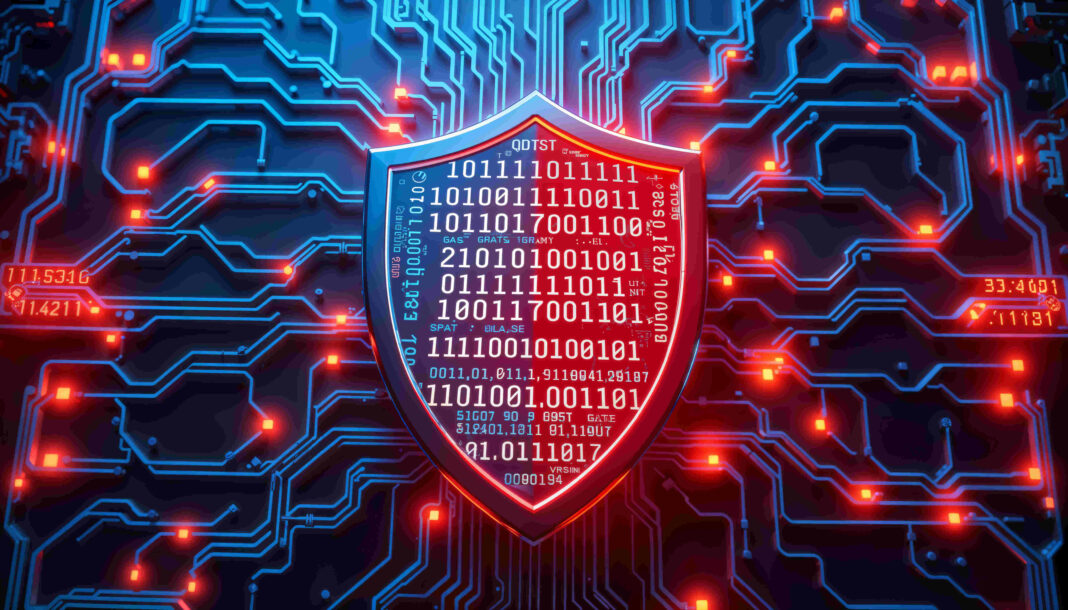Cybercrime has become one of the most significant threats to individuals, businesses, and governments worldwide. The financial and operational impacts of cyberattacks are staggering, with billions of dollars lost annually. This article delves into the global impact of cybercrime, supported by statistics, and explores the measures being taken to combat this growing menace. By understanding the scope and scale of cybercrime, we can better appreciate the importance of robust cybersecurity measures.

The Rising Threat of Cybercrime
Understanding Cybercrime
Cybercrime encompasses a wide range of malicious activities conducted through digital means. These activities include hacking, phishing, ransomware attacks, identity theft, and more. The motivations behind cybercrime vary, ranging from financial gain to political espionage.
The Financial Impact
The financial cost of cybercrime is immense. According to a report by Cybersecurity Ventures, global cybercrime costs are expected to reach $10.5 trillion annually by 2025. This figure includes direct financial losses, as well as the costs associated with recovery, reputational damage, and increased security measures.
Sector-Specific Impacts
Different sectors experience varying levels of impact from cybercrime. For instance, the financial sector is a prime target due to the potential for direct financial gain. Healthcare, on the other hand, faces significant risks due to the sensitive nature of patient data. The retail sector also suffers from frequent attacks, particularly during peak shopping seasons.
Global Cybercrime Statistics
Regional Variations
Cybercrime is a global issue, but its impact varies by region. North America and Europe experience a high number of cyberattacks due to their advanced digital infrastructures. However, emerging markets in Asia and Africa are increasingly becoming targets as they continue to digitize their economies.
Common Types of Cyberattacks
- Phishing: Phishing attacks remain one of the most common forms of cybercrime. These attacks involve tricking individuals into providing sensitive information, such as passwords or credit card numbers.
- Ransomware: Ransomware attacks have seen a significant rise, with attackers encrypting victims’ data and demanding payment for its release.
- Data Breaches: Data breaches expose sensitive information, leading to financial losses and reputational damage.
The Role of Cryptocurrency
Cryptocurrency has become a preferred method for cybercriminals to receive payments due to its anonymity. Bitcoin, in particular, is commonly used in ransomware attacks and other illicit activities.
The Human Cost of Cybercrime
Psychological Impact
Beyond financial losses, cybercrime can have a profound psychological impact on victims. Identity theft, for example, can lead to long-term emotional distress and a sense of violation.
Impact on Businesses
Businesses face not only financial losses but also operational disruptions and damage to their reputation. Small and medium-sized enterprises (SMEs) are particularly vulnerable, as they often lack the resources to implement comprehensive cybersecurity measures.
Combating Cybercrime
Government Initiatives
Governments worldwide are taking steps to combat cybercrime. This includes enacting legislation, increasing funding for cybersecurity initiatives, and fostering international cooperation.
Corporate Responsibility
Businesses must prioritize cybersecurity to protect their assets and customer data. This involves implementing robust security measures, conducting regular audits, and educating employees about potential threats.
The Role of Individuals
Individuals also play a crucial role in combating cybercrime. Simple steps, such as using strong passwords, enabling two-factor authentication, and being cautious of suspicious emails, can significantly reduce the risk of falling victim to cyberattacks.
Conclusion
The cost of cybercrime is staggering, with global financial losses expected to reach trillions of dollars annually. The impact is felt across all sectors, from finance to healthcare, and affects individuals and businesses alike. By understanding the scope of the problem and taking proactive measures, we can mitigate the risks and protect ourselves from the ever-present threat of cybercrime.
FAQs
What is cybercrime?
Cybercrime refers to criminal activities conducted through digital means, such as hacking, phishing, and ransomware attacks.
How much does cybercrime cost globally?
Global cybercrime costs are projected to reach $10.5 trillion annually by 2025.
Which sectors are most affected by cybercrime?
The financial, healthcare, and retail sectors are among the most affected by cybercrime.
What are some common types of cyberattacks?
Common types of cyberattacks include phishing, ransomware, and data breaches.
How can individuals protect themselves from cybercrime?
Individuals can protect themselves by using strong passwords, enabling two-factor authentication, and being cautious of suspicious emails.
What role do governments play in combating cybercrime?
Governments play a crucial role by enacting legislation, increasing funding for cybersecurity initiatives, and fostering international cooperation.
Why is cryptocurrency often used in cybercrime?
Cryptocurrency is often used in cybercrime due to its anonymity, making it difficult to trace transactions.
How can businesses improve their cybersecurity?
Businesses can improve their cybersecurity by implementing robust security measures, conducting regular audits, and educating employees about potential threats.
What is the psychological impact of cybercrime on victims?
The psychological impact of cybercrime can include long-term emotional distress and a sense of violation, particularly in cases of identity theft.
Are small businesses more vulnerable to cyberattacks?
Yes, small and medium-sized enterprises (SMEs) are often more vulnerable to cyberattacks due to limited resources for comprehensive cybersecurity measures.
By addressing these questions and understanding the broader context of cybercrime, we can better prepare ourselves to face and mitigate its impacts.

